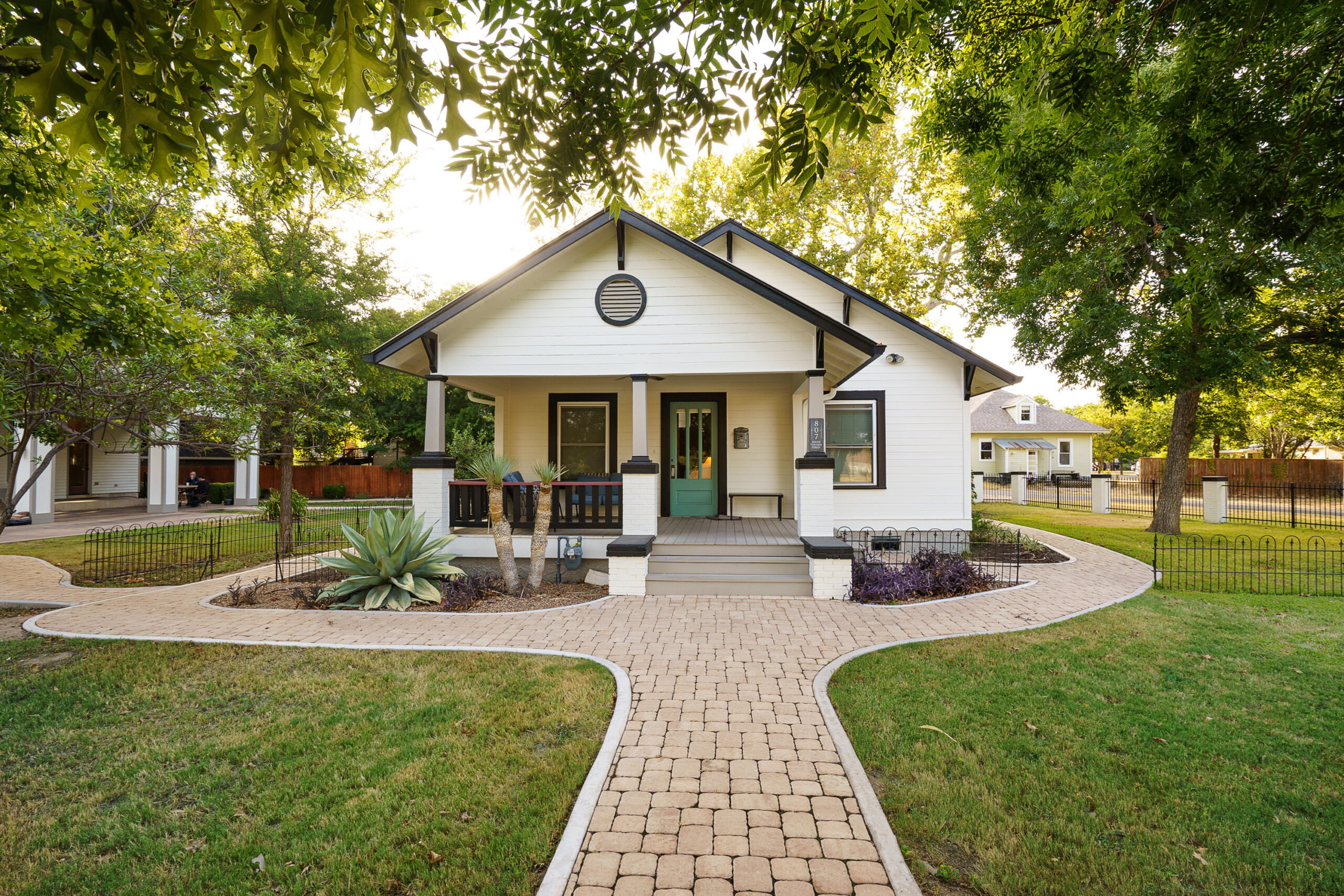A Healing Journey at Women’s Trauma Retreats
Embarking on a healing journey at trauma retreats for women can be a transformative experience. These retreats provide a sanctuary for women to confront and release deep-seated emotional pain. From yoga and meditation to intensive therapy sessions, participants are guided through a process that can lead to profound personal breakthroughs. The aim is not just to heal but to empower women with the tools necessary to emerge stronger and more self-assured.
At Alta Loma, a mental health facility specializing in complex conditions, the focus is on creating a supportive environment catering to individual needs. Through methods like cognitive behavioral therapy and community integration, women learn to manage mental health challenges effectively. This holistic approach is essential for sustainable recovery and the formation of lasting support networks.
Key Components of Effective Trauma Retreats for Women
An effective trauma retreat includes several components tailored to facilitate healing and transformation. These elements can vary, but essential components often include:
- Personalized Therapy: Individual and group sessions that help participants uncover and address the roots of their trauma.
- Holistic Practices: Incorporating yoga, meditation, and art therapy to promote emotional and physical well-being.
- Community Building: Fostering connections among participants for a sense of belonging and mutual support.
Organizations like Alta Loma offer structured environments where these elements come together, fostering a comprehensive healing process. The integration of therapy with daily wellness practices ensures that participants can address their trauma from multiple angles.
How to Choose the Right Trauma Retreat for Women?
Choosing the right trauma retreat for women requires careful consideration of several factors to ensure it aligns with your needs. Start by assessing the specific goals you hope to achieve. Do you seek spiritual healing, psychological support, or both? Consider the retreat’s focus and methodology.
Evaluate the qualifications and experience of the facilitators. A reputable retreat often employs certified professionals who have a proven track record in trauma therapy. The location and duration of the retreat are also critical. Some women prefer remote, nature-bound locales, while others might seek retreats closer to urban centers.
Finally, read testimonials and reviews from past participants. Their experiences can provide valuable insights into what you can expect and help gauge the retreat’s effectiveness.
Measuring the Impact of Trauma Retreats for Women
The impact of trauma retreats for women can be profound and far-reaching. Key indicators of a successful retreat include an increased sense of self-worth, reduced anxiety levels, and a renewed ability to connect with others.
Many women report feeling lighter and more at peace after attending a retreat, attributing their transformation to the intensive work completed in a supportive environment. For instance, a participant at a retreat led by a seasoned professional such as Brett Cotter may experience significant reductions in symptoms like PTSD or anxiety.
Long-term benefits often include improved coping mechanisms and a deeper understanding of personal triggers. Organizations like Alta Loma track participant progress through follow-up sessions, ensuring that the benefits of the retreat extend well beyond its duration.
What Are the Benefits of Trauma Retreats for Women?
Trauma retreats provide a sanctuary for healing and renewal. Women often ask: What are the benefits of attending such a retreat? First and foremost, these experiences offer a dedicated space to confront and process past traumas in a safe and structured environment.
Beyond immediate relief from anxiety or emotional distress, trauma retreats for women enable participants to form supportive networks. This connection fosters a sense of belonging and shared understanding, which can be crucial for long-term recovery.
Moreover, retreats often introduce participants to new coping strategies and therapeutic practices that can be integrated into daily life. From mindfulness techniques to expressive art therapies, these tools empower women to manage their emotional health proactively.







